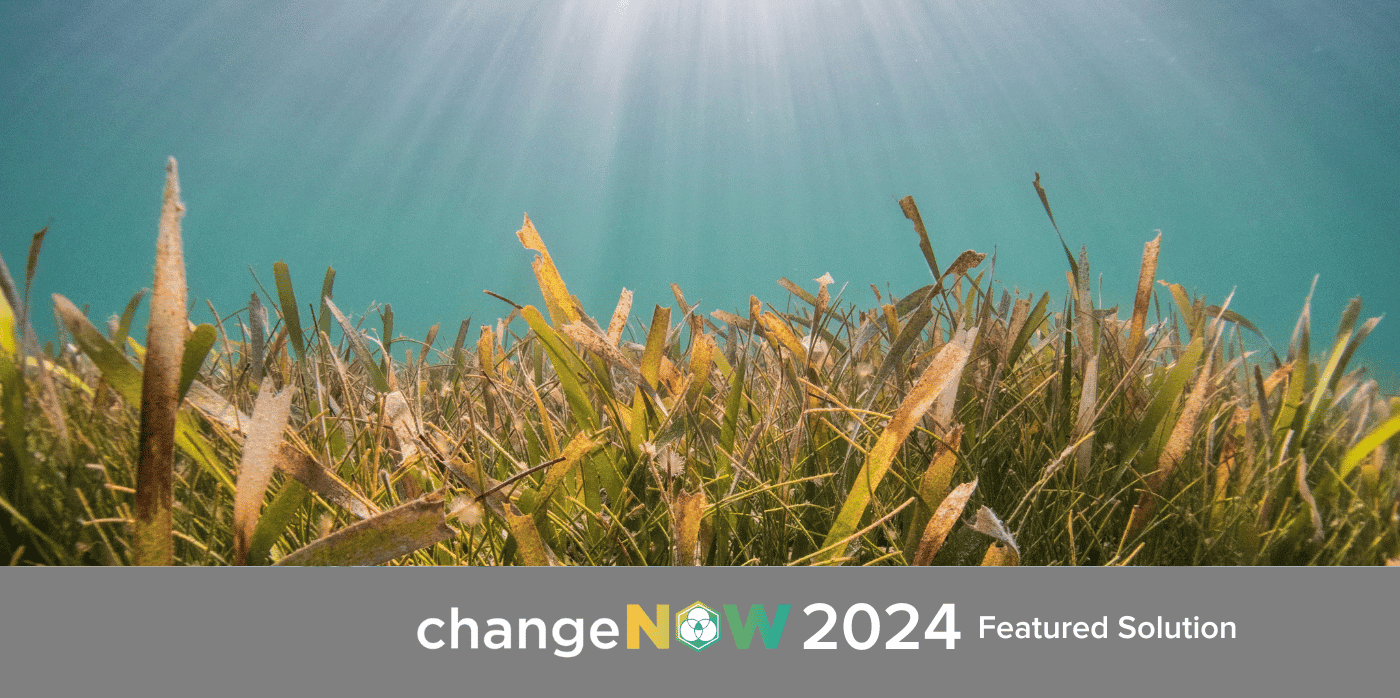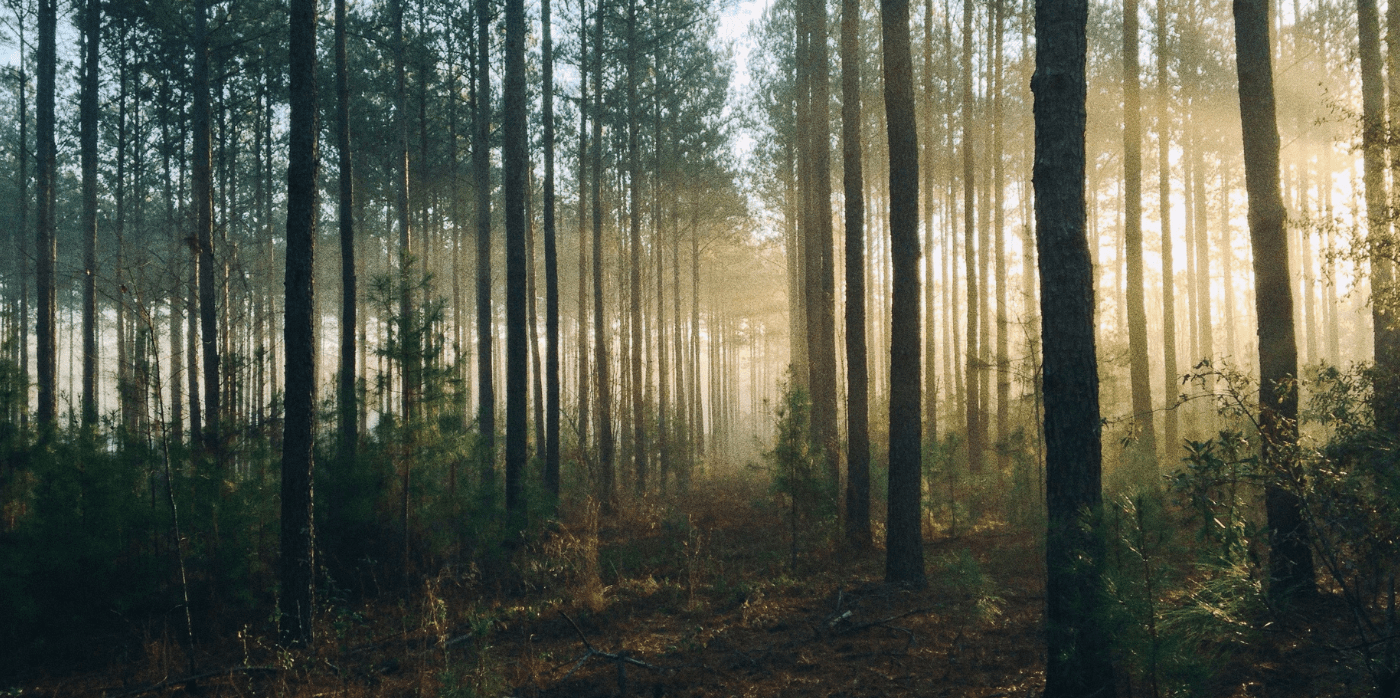Seagrass regeneration backed by science

Spotted: Seagrass is the only flowering plant that grows in marine environments, living in shallow, sheltered coastal areas and forming dense, underwater meadows. These meadows support thousands of marine species, provide vital sources of food for human communities, store carbon, prevent land erosion, and help keep coastal waters clean.
But seagrass is also under significant threat — almost 20 per cent of seagrass meadows have been lost since the late 19th century. Working to turn this around is non-profit Project Seagrass. Founded in 2013 by four scientists, the non-profit works to protect seagrass around the globe through research, conservation action, education, and collaboration with local communities and stakeholders.
The organisation recently worked with the WWF in the UK’s first substantial seagrass restoration project, alongside Swansea University, North Wales Wildlife Trust, and Pen Llyn. Up to 92 per cent of UK seagrass has been lost, and the Seagrass Ocean Rescue Upscaling Project (SORUP) in Wales involved trialling various techniques to restore seagrass meadows at scale. These include the use of a robot developed by San Francisco-based Reefgen called Shack, that helped plant seagrass seeds on site. Shack can hold up to 20,000 seeds mixed with mud, which it injects into sediment within the seabed.
The results of the trials will inform SORUP and others on how to improve the cost and time efficiency of seagrass restoration, including whether it is more effective to plant new meadows by hand or using robots like Shack. The aim is to create a restoration blueprint that can be applied to other countries.
Project Seagrass and SORUP are not the only ones working to restore ocean plants. Springwise has also spotted seagrass grain being used for sustainable feed production and the use of AI-powered robots to farm seaweed more efficiently.
Written By: Lisa Magloff



